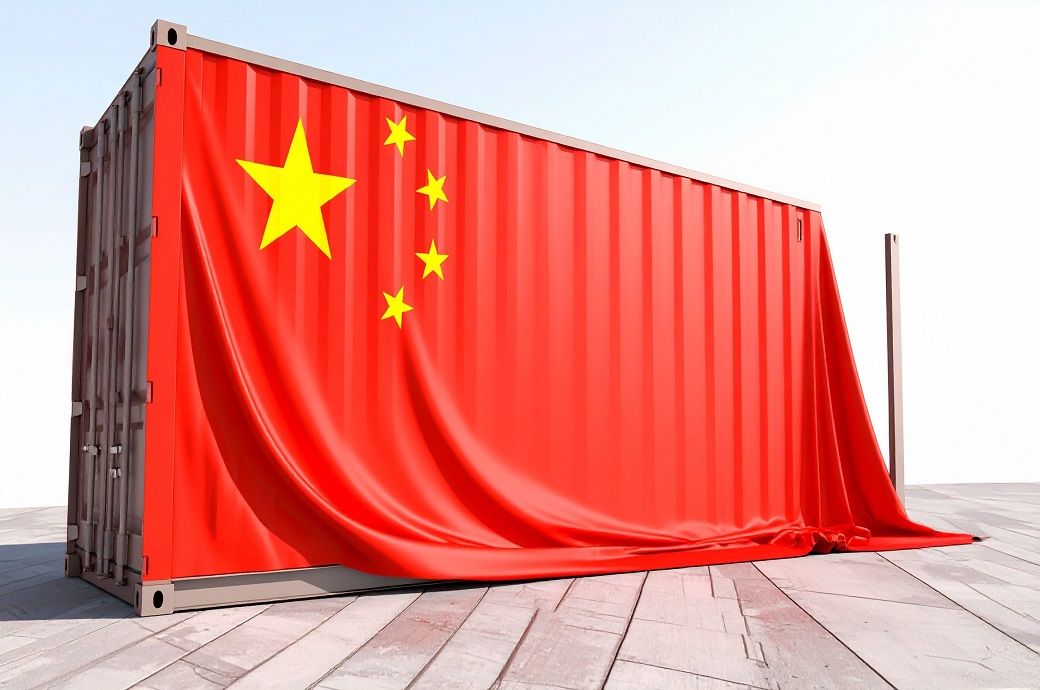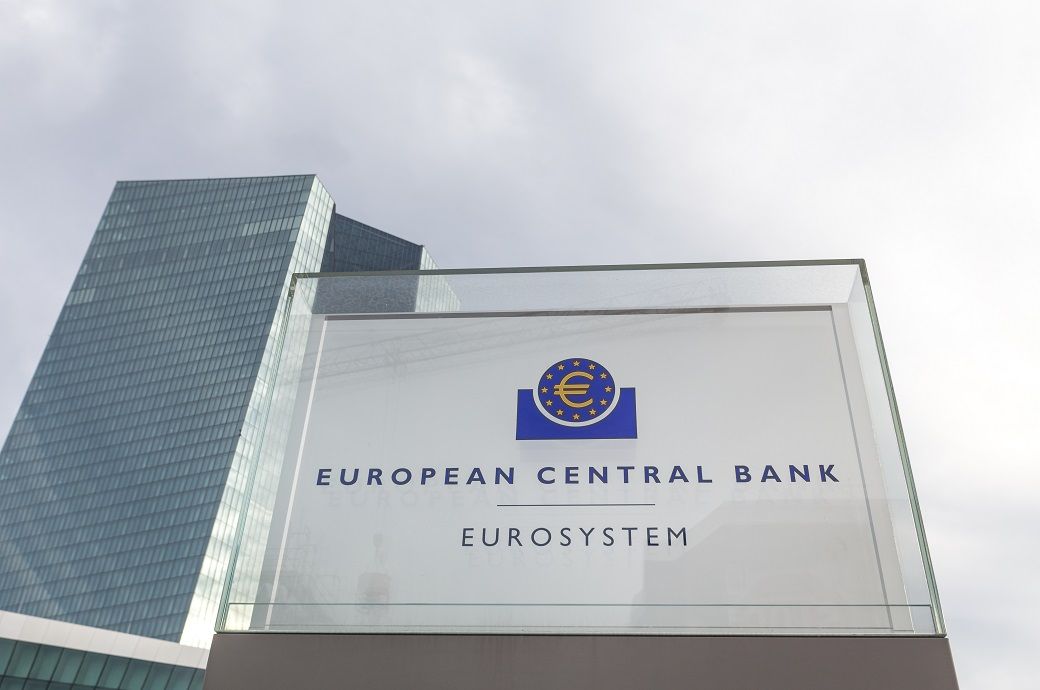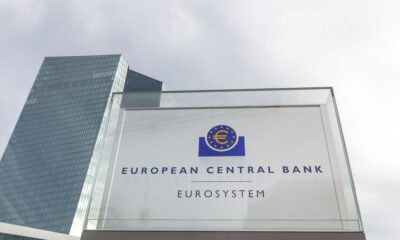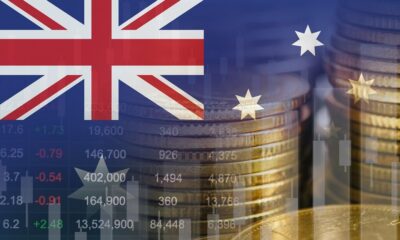Fashion
China’s foreign trade up 3.5% YoY in Aug 2025

Exports jumped by 4.8 per cent YoY, while imports climbed by 1.7 per cent to mark the third month of simultaneous growth in a row.
China’s foreign trade in goods in yuan-denominated terms rose by 3.5 per cent YoY in August.
Exports jumped by 4.8 per cent YoY, while imports rose by 1.7 per cent to mark the third month of simultaneous growth in a row.
In January-August, goods trade grew by 3.5 per cent YoY.
Exports led the growth during the eight months, surging by 6.9 per cent YoY, while imports saw a drop of 1.2 per cent YoY.
Between January and August, the country’s goods trade expanded by 3.5 per cent YoY, the General Administration of Customs (GAC) said.
Exports led the overall expansion during the eight-month period, surging by 6.9 per cent YoY, while imports witnessed a slight drop of 1.2 per cent YoY.
The growth rate accelerated by 0.6 percentage points from the reading for the first six months, a state-controlled news outlet cited Lu Daliang, director of GAC’s department of statistics and analysis, as saying.
Despite a challenging external environment, China’s foreign trade has remained quite resilient while greater potential continues to be unleashed, Lu said.
The association of Southeast Asian Nations (ASEAN) retained its position as China’s largest trading partner in the first eight months this year, with bilateral trade expanding by 9.7 per cent YoY, accounting for 16.7 per cent of the country’s total foreign trade.
The European Union ranked second, with trade up by 4.3 per cent YoY. The United States was China’s third-largest partner, though bilateral trade declined by 13.5 per cent during the period, GAC data showed.
Meanwhile, China’s trade with the partner countries participating in the Belt and Road cooperation reached 15.3 trillion yuan—up by 5.4 per cent YoY.
Fibre2Fashion News Desk (DS)
Fashion
CFDA to implement fur ban at NYFW from September 2026
Fashion
ECB keeps interest rates unchanged, upgrades growth outlook

According to updated Eurosystem staff projections, headline inflation is expected to average 2.1 per cent in 2025, easing to 1.9 per cent in 2026 and 1.8 per cent in 2027, before returning to 2.0 per cent in 2028. Inflation excluding energy and food is forecast at 2.4 per cent in 2025, gradually declining to 2.0 per cent by 2028. Inflation for 2026 has been revised upward, mainly due to expectations that services inflation will fall more slowly than previously anticipated, the Governing Council of the ECB said in a press release.
European Central Bank has kept its key interest rates unchanged, maintaining confidence that inflation will stabilise at the 2 per cent target.
Updated projections show inflation easing gradually over the coming years, with a slight upward revision for 2026 due to persistent services prices.
Economic growth forecasts have been revised higher, supported by stronger domestic demand.
The ECB also revised its economic growth outlook higher compared with its September projections. Growth is now expected to reach 1.4 per cent in 2025, 1.2 per cent in 2026 and 1.4 per cent in 2027, with expansion projected to remain at 1.4 per cent in 2028. The improvement is driven largely by stronger domestic demand across the euro area.
The Council reiterated its commitment to ensuring that inflation stabilises sustainably at the 2 per cent target. It emphasised that future monetary policy decisions will remain data-dependent and assessed on a meeting-by-meeting basis, without pre-committing to any specific interest rate path.
Fibre2Fashion News Desk (KD)
Fashion
US brand Vera Bradley posts net revenue of $62.3 million in Q3

Vera Bradley reported Q3 net revenues of $62.3 million, down from $70.5 million year over year.
Direct revenues fell 5.3 per cent, with comparable sales down 5.8 per cent, while indirect revenues dropped 30.2 per cent.
Gross margin declined to 42.1 per cent, impacted by inventory write-downs and higher duties, despite early progress from its Project Sunshine transformation.
Source link
-

 Business6 days ago
Business6 days agoHitting The ‘High Notes’ In Ties: Nepal Set To Lift Ban On Indian Bills Above ₹100
-

 Politics1 week ago
Politics1 week agoTrump launches gold card programme for expedited visas with a $1m price tag
-

 Business1 week ago
Business1 week agoRivian turns to AI, autonomy to woo investors as EV sales stall
-

 Fashion1 week ago
Fashion1 week agoTommy Hilfiger appoints Sergio Pérez as global menswear ambassador
-

 Sports1 week ago
Sports1 week agoU.S. House passes bill to combat stadium drones
-

 Sports1 week ago
Sports1 week agoPolice detain Michigan head football coach Sherrone Moore after firing, salacious details emerge: report
-

 Business1 week ago
Business1 week agoCoca-Cola taps COO Henrique Braun to replace James Quincey as CEO in 2026
-

 Tech1 week ago
Tech1 week agoGoogle DeepMind partners with UK government to deliver AI | Computer Weekly



















